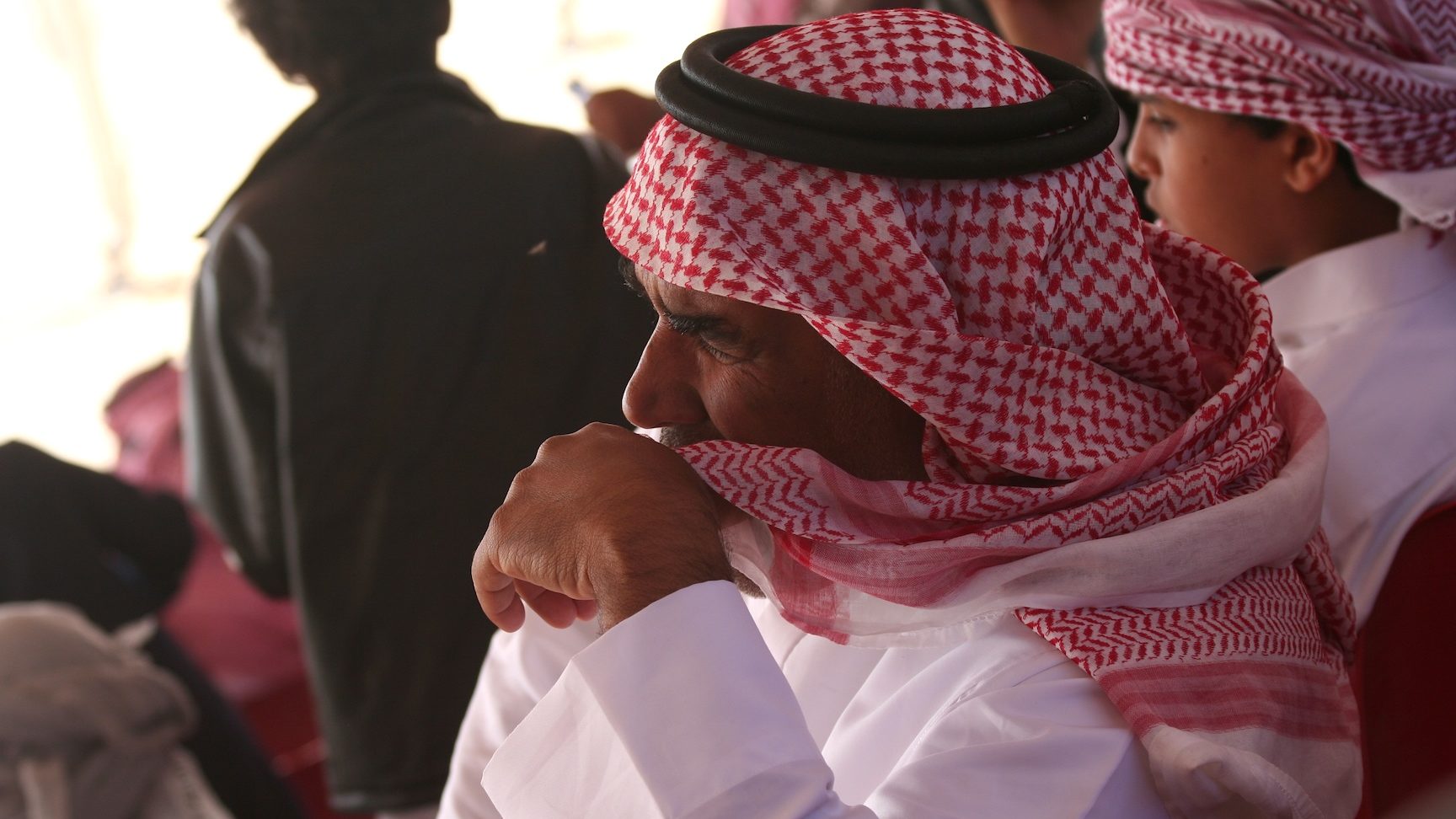Religious Attire and Religious Status
Al-Qabas, Kuwait, September 1
People’s environments are known to influence their behavior and appearance. And certain professions are recognized by the apparel worn by those who engage in them. Take, for example, doctors, nurses, construction workers, firefighters, police officers, soldiers and cleaners; people engaging in these professions are easily recognized by their uniform. This is also apparent with religious figures who adorn religious garments. Clothing and attire differ from one sect and religion to another – Buddhists, Muslims, Christians and others – but each has its own clothing with its own connotations and meanings. Interestingly, the position of a “religious man” never existed in Islam. However, over the years, and perhaps in an effort of Arab people to distinguish themselves from other nations, the Arab world began witnessing its own adoption of religious attire. Muslim clergy across the Arab world started wearing robes. Beginning in the era of Harun al-Rashid, the fifth caliph of the Abbasid Caliphate, the differences between the clothes worn by the clergy and those worn by the rest of the people began to grow starker and starker. The Muslim clergyman today is often known by his turban, cloak and loose robe, and every Muslim country has its own robe that distinguishes clergymen. The Azhari dress, for example, is influenced by the Ottoman rule in Egypt. The head covering is a red fez, like the tarbush hat, but differs from it by the white cloth that covers its sides. In Saudi Arabia, the majority of clergymen wear a ghutra headdress, although this differs from dress customs of Sunni clerics in the majority of the Gulf countries. Meanwhile, Shiite clerics have their own traditions and the color of their head coverings or turbans differentiates between them. We also see that the Muslim clergy in Afghanistan, India, Malaysia and Pakistan have various robes and head coverings, which vary in the quality of the fabric, their colors and their shape. Clergy members in the Levant and the Maghreb have different robes altogether. The position of the clergy has been magnified even further when governments began to recognize and appreciate the influence these men had on the public. Clergymen were viewed as tools that can be used to control the masses and mold their opinions, especially since the average believer always looks for a supreme religious and spiritual power to guide him in his life. In response, the clergymen began to distinguish themselves and their clothes even further, to a point where the very garments they wear became religious artifacts permitted only for the nobles. – Ahmed Al-Sarraf (translated by Asaf Zilberfarb)


